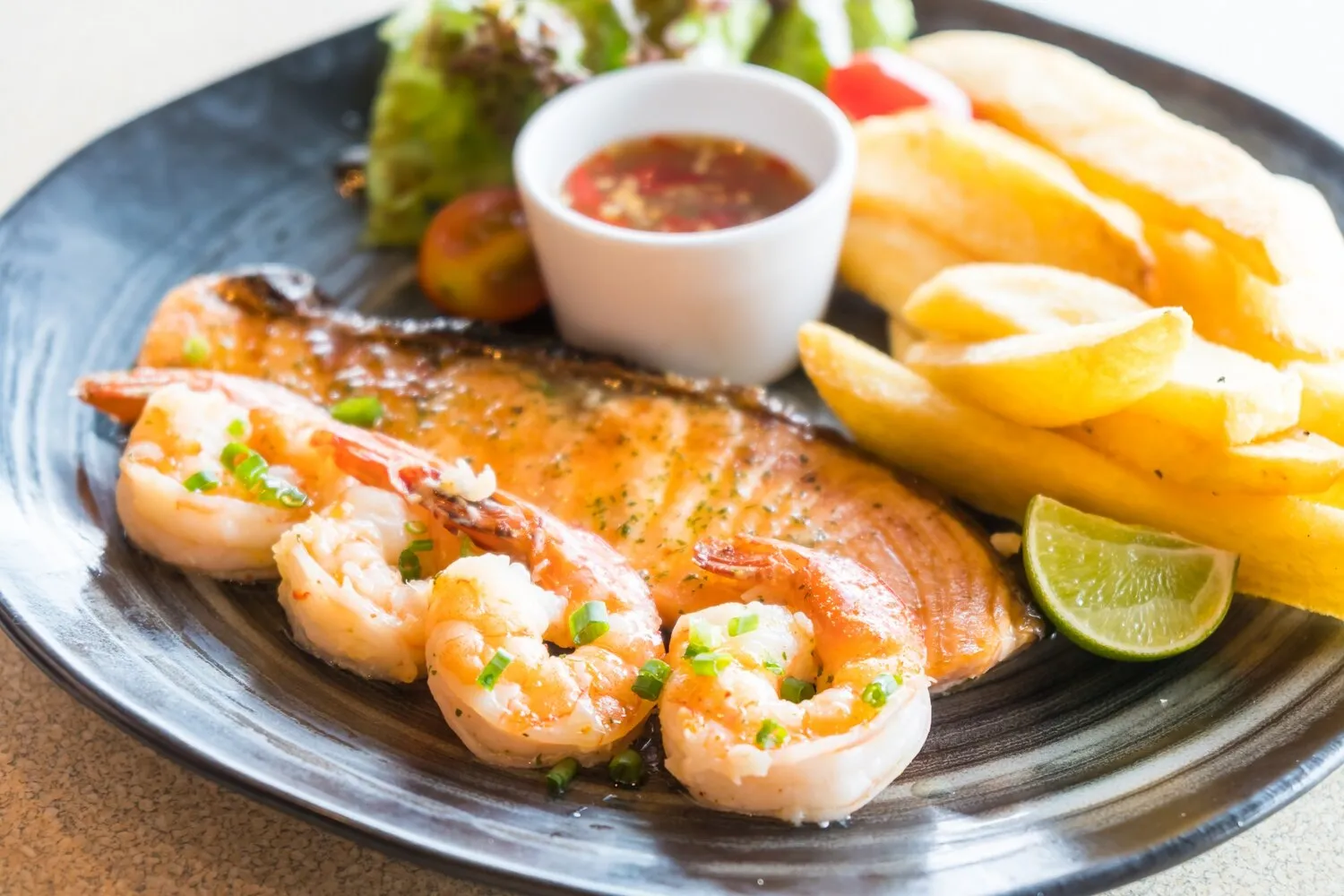
Seasonal Dishes
Nachbarsgarten is known for its seasonal dishes. The menu changes according to what is fresh and available, so expect unique and flavorful options.
Nutrition Facts
* The % Daily Value (DV) tells you how much a nutrient in a serving of food contributes to a daily diet. 2,000 calories a day is used for general nutrition advice.
While 'Seasonal Dishes' isn't a dish with a specific historical lineage, the concept is rooted in traditional European and specifically German culinary practices that emphasize using locally sourced, seasonal ingredients. Historically, communities relied on what was available at different times of the year due to limitations in transportation and preservation. Modern iterations build upon this foundation, combining traditional methods with contemporary culinary techniques.
The cultural significance of seasonal dishes lies in its connection to nature's rhythms and the celebration of local produce. It fosters a sense of community and appreciation for the land.
Sustainability
Using seasonal ingredients reduces the carbon footprint associated with transporting food from distant locations. It supports local farmers and promotes sustainable agriculture.
Community
Sharing meals made with seasonal ingredients connects people to their local environment and fosters a sense of community around food.
Tradition
Many traditional cuisines are based on seasonal ingredients, reflecting the historical reliance on what was locally available.
The flavors of Seasonal Dishes at Nachbarsgarten are diverse and change with the seasons, but they generally emphasize fresh, natural tastes.
Expect a focus on the inherent flavors of in-season vegetables, fruits, meats, and herbs. Spring dishes might feature light, bright flavors like asparagus, rhubarb, and fresh herbs. Summer dishes could include ripe tomatoes, berries, and grilled meats. Autumn dishes might incorporate root vegetables, apples, and warming spices. Winter dishes could showcase hearty stews, preserved fruits, and roasted meats. Overall, the goal is to highlight the best ingredients each season has to offer, with minimal processing and maximum flavor impact. Expect variations in sweetness, acidity, bitterness, and savoriness depending on the season and chosen ingredients. Dishes will also reflect German culinary influence by incorporating flavors like smoked meats, caraway, and mustard.
Visit Local Markets
Explore farmers' markets to discover the freshest seasonal ingredients and support local producers.
Plan Meals Around Availability
Instead of deciding on a dish and then finding ingredients, check what's in season and build your menu around that.
Embrace Simple Cooking
Seasonal ingredients often taste best when prepared simply, allowing their natural flavors to shine.
Explore additional Various dishes and restaurants
Explore VariousDiscover top dining spots and culinary experiences in Winterthur.
Explore WinterthurLearn more about the food culture, restaurant scene, and culinary heritage of Switzerland.
Explore Switzerland